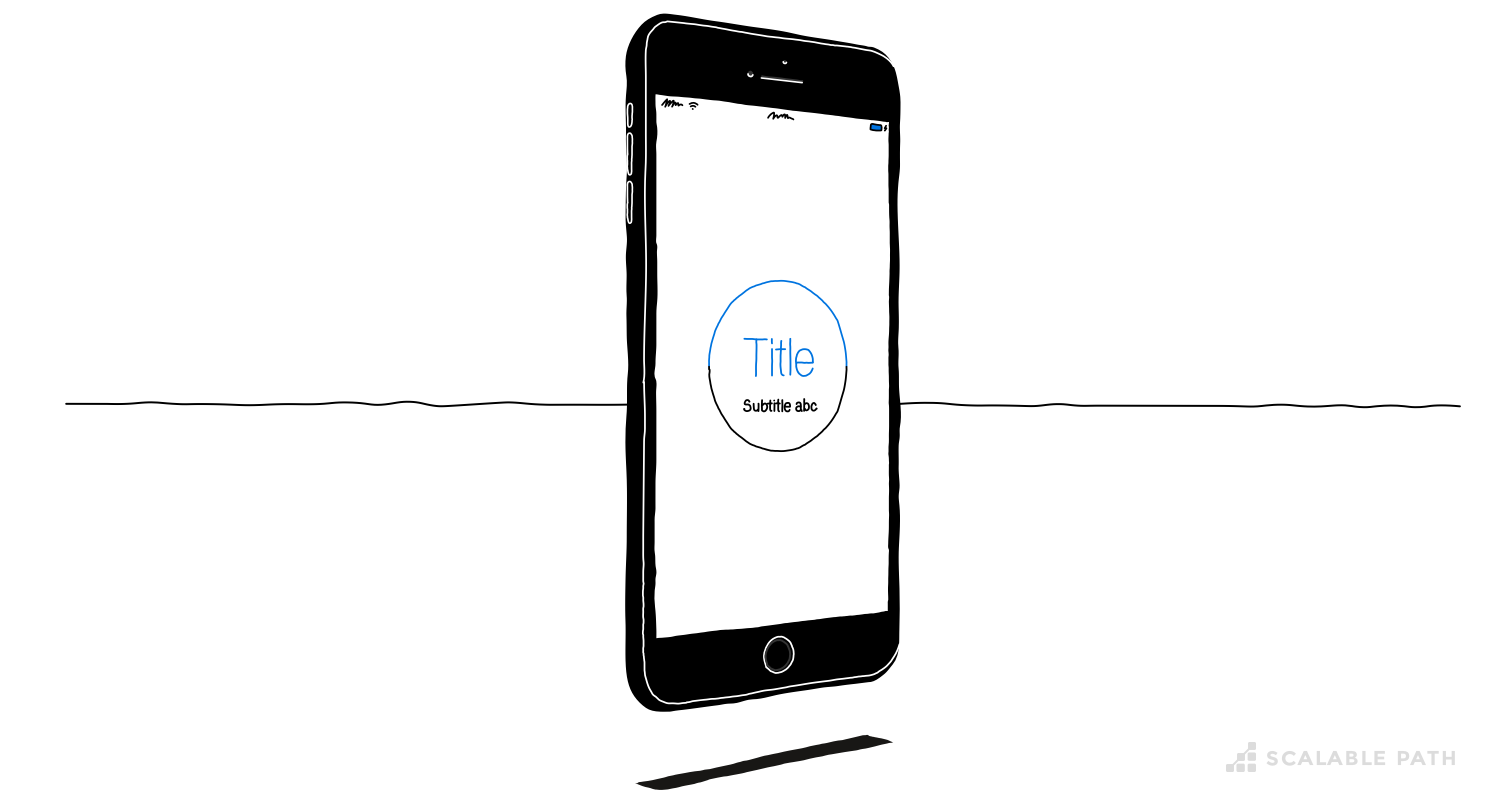React Native vs Flutter: A Guide for App Developers in 2025

If you’re a mobile app developer, and especially if you work with cross-platform app development, you’ve probably heard of Flutter. Like its sister, React Native, Flutter is an open-source framework and ecosystem best known for creating cross-platform iOS/Android applications, though it is also expanding to web and desktop applications.
Flutter was created by Google in 2018 and has steadily grown in popularity over the last four years. According to this survey, it’s actually now surpassing React Native in its use as a cross-platform development framework. Developers are excited about Flutter because it seems to address key pain points they encounter with React Native, particularly around performance, interoperability, and tedious testing requirements.
Table Of Contents
That isn’t to say that Flutter doesn’t have its drawbacks, however. For one, Flutter is still a fairly young technology, which may explain why React Native remains the framework of choice for many big-name apps such as Facebook, Instagram, Uber Eats, and Airbnb.
So, if you’re debating whether to opt for Flutter or React Native for your next project, there are a few key questions you will want to ask:
- Is Flutter mature and stable enough for my project?
- Is it truly a better framework for cross-platform app development?
- What kind of projects is Flutter best suited for?
- Is it likely Flutter will continue to grow, or will it fall out of favor like so many technologies in the past?
To help answer these questions, let’s start with a deep dive into the Flutter framework, its current performance, and its niche in cross-platform mobile development in 2025. We’ll take a look at the solutions it offers to problems commonly faced by mobile developers, as well as its limitations. Finally, we’ll put it all together to answer the question, “Is Flutter the future of cross-platform app development?”
What is Flutter?
Flutter is defined on the flutter.dev website as “an open source framework by Google for building beautiful, natively compiled, multi-platform applications from a single codebase.“
It uses Dart, a fully object-oriented, strictly typed, null-safe programming language that compiles to native Arm64 and x86 code. Flutter code is composed of basic structures called Widgets, which are inspired by React components and work in a similar fashion. In React, the Component class has a Render method that returns a tree of JSX components. Similarly, Flutter Widgets have a build method that returns a tree of Widgets.



